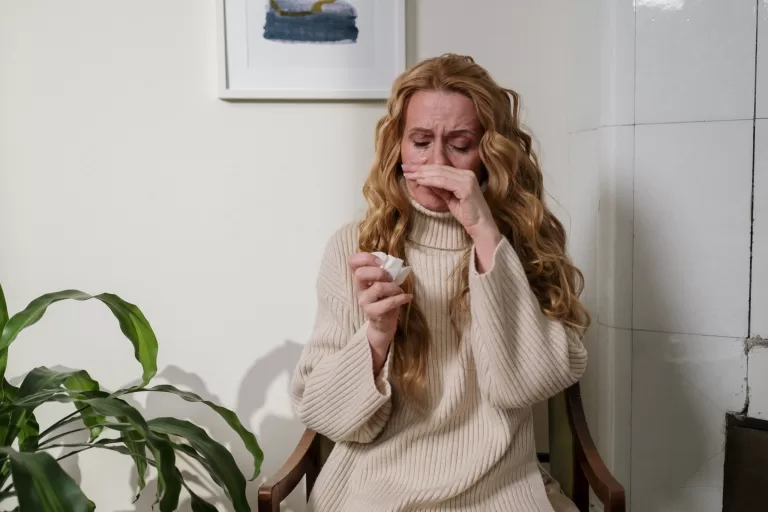Acupuncture has been used to treat everything from pain and stiffness associated with osteoarthritis to asthma, headaches, and allergies. The World Health Organization recommends acupuncture for a wide array of conditions including pain, respiratory disease, eye and mouth problems, orthopedic issues, neurological disorders, and gastrointestinal ailments.
When an accident happens, your amazing internal healing mechanism kicks in and start to triage so you don’t bleed out. When it comes to physical injuries there are generally 3 stages, the acute stage, the intermediate stage, and the chronic stage. These phases are distinctly separate but also have a fair amount of overlap. Generally, the first stage is referred to as the inflammatory stage and begins when the injury happens and last about one day to one week, depending on the kind of injury. The primary issue in stage one is swelling, heat, redness, and pain. Stage one is treated with acupuncture to reduce these symptoms, and if started early enough helps reduce scar tissue, improve muscle flexibility, and protects joint stability.
From a Traditional Chinese Medicine (TCM) point of view, injuries cause obstruction of the smooth flow of Qi and Blood. Injuries like a fall can damage the blood vessels, tendons, ligaments and bones. The body response with swelling and immediate action to restore ruptured blood vessels. TCM treats this first stage by, reducing swelling, clearing heat, promoting smooth flow of ai and blood, calming the mind and stopping pain.
Stage two is the stage when the body has begun to heal, and there is less inflammation, swelling and bruising. This stage happens approximately a week after initial injury, and lasts for about three weeks. At this stage, the inflammation and swelling are less, and structures like tendons, ligaments and joints are easier to access and treat. TCM treatment is to repair damaged tissue by improving the circulation of Qi and Blood with the focus on relaxing tendons and ligament, mending and strengthening bones, and softening nodules.
Stage three is considered the chronic stage, and happens approximately a month after initial cause. The chronic stage may last for many months, so getting in for treatment earlier in the healing process is critical for better outcomes. Swelling and inflammation should have been resolved, but pain and stiffness may still persist. Because muscles are rich in qi and blood, they will heal the quickest. Tendons and ligaments are not as lucky, and have less available blood at the local area so take longer to heal. During this stage of recovery there may be cellular waste that is felt as small nodules in the muscles and near tendons. This accumulation is part of the healing process that has not been properly absorbed. Stiffness and pain mean there is still obstruction of qi and blood. Due to the stagnation, there may also be an invasion of dampness and cold into the joint complicating the healing process. In stage three, the principle is to regulate qi and blood, warm the cold, drain dampness, move qi and blood, stop pain, relax tendons, ligaments, and muscles, strengthen qi and blood. An acupuncturist may also use moxibustion, poultices and herbal medicine to support the healing process.
If you’ve been injured, and would like to accelerate your heal with less down time, the recommended course of action with acupuncture treatments is twice a week for two to three weeks, followed by weekly visits for an additional four weeks. This course of action will reduce swelling and pain, reduce the time you are out of work, help you sleep better, and get you back to doing the things you enjoy. No referral is necessary for you to schedule an appointment with our acupuncturist. The sooner you schedule, the better you will feel.


